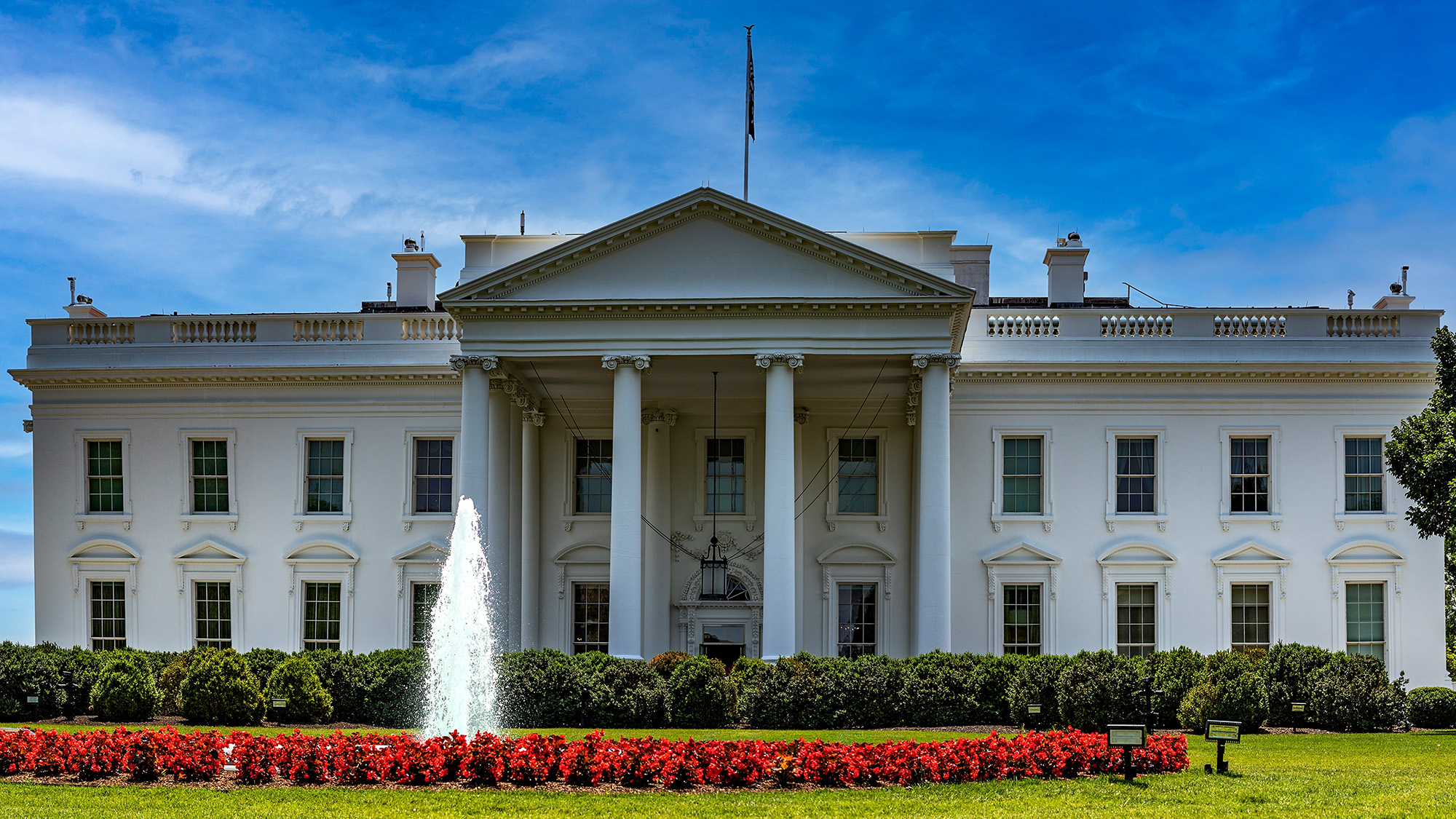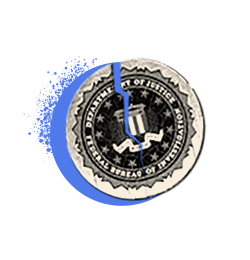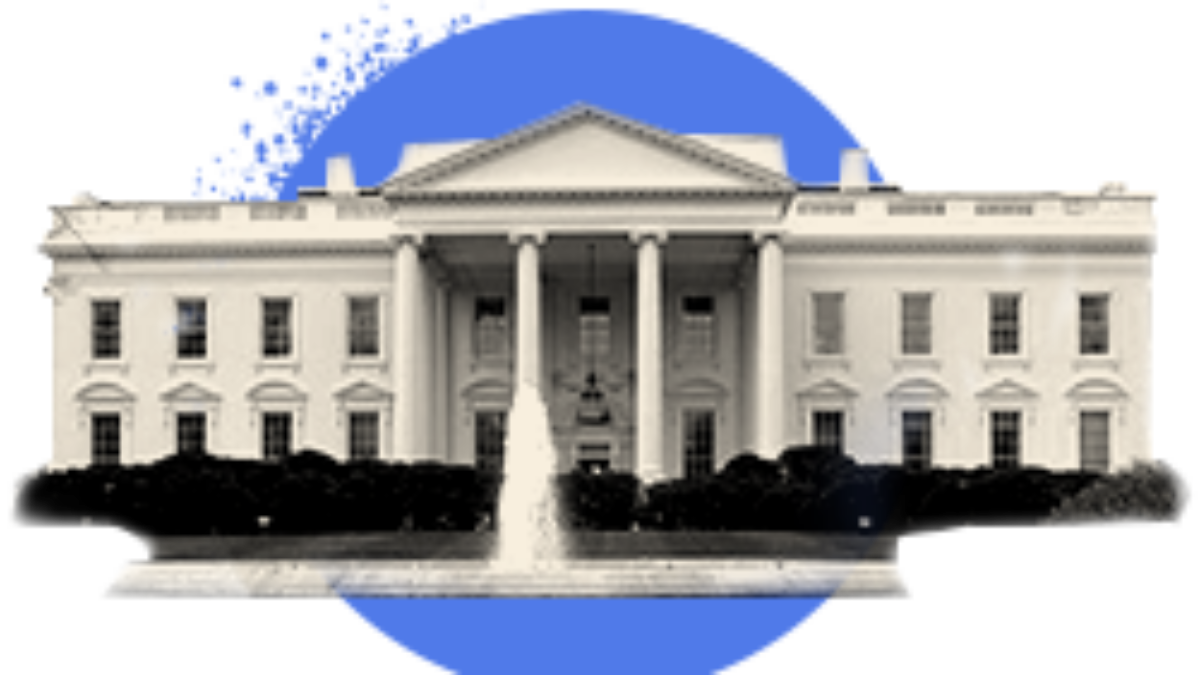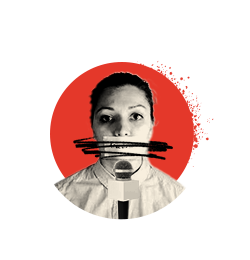Authoritarianism, explained
- August 12, 2024
Seven tactics that unite authoritarian leaders

The global authoritarian threat is on the rise — at home and abroad. In the U.S., it’s manifested itself in denial of election results, attacks on core freedoms, and increasing escalating political violence, among other threats.
But what is authoritarianism, and what does describing a leader as an authoritarian mean?
Drawing from experts on authoritarianism and case studies of democratic backsliding around the world, The Authoritarian Playbook defines seven tactics that tend to differentiate would-be authoritarian leaders from the regular jockeying of democratic politics. Hard policy fights and battles for political advantage are a normal part of democracy, but these tactics are different.
What is authoritarianism?
Authoritarianism is a method of rule that suppresses political freedoms and civil rights, using various levers of control to shift power from the people to the hands of one ruler or set of rulers.
Before the 1990s, authoritarian leaders bent on upending democracy typically came to power forcefully and swiftly, often by means of a military coup d’etat. The moment democracy ceased to exist could be time-stamped and reported on with a block headline.
Yet for at least the last thirty years, the threats to democracy have evolved. Today, democracy more often dies gradually, as the institutional, legal, and political constraints on authoritarian leaders are chipped away, one by one. Recently this has happened — or is happening — in, among others, Russia, Venezuela, Hungary, the Philippines, Poland, Nicaragua, India, Brazil, Indonesia, Mexico, Turkey — and the United States.
By using “salami tactics,” slicing away at democracy a sliver at a time, modern authoritarians still cement themselves in power, but they do so incrementally and gradually. Sometimes their actions are deliberate and calculated, but sometimes they are opportunistic, myopic, or even bumbling. There is no longer a singular bright line that countries cross between democracy and authoritarianism, and some institutes like V-Dem have suggested that there is a spectrum of autocratic behavior that exists on a continuum with democracy. Regardless of how exactly an authoritarian comes to power, though, the outcome is still the same.
Because authoritarianism — all around the world — tends to follow clear and consistent patterns, we can use these patterns to separate the signal from the noise. These are the seven tactics authoritarians use to seize power and maintain their grasp on it.

Politicizing independent institutions
All democracies have certain functions that operate with some independence from partisan political actors. Central banking, law enforcement and courts, official statistics, financial accounting and regulation, election administration, intelligence and national security — all only work properly when appropriately protected from politics. These institutions are ripe targets for capture by autocratic factions, in whose hands they become weapons towards adversaries, shields against accountability, or, worst of all, levers of large-scale manipulation and corruption. Because of their potential to cause permanent institutional, legal, and economic damage, even early attacks on independent institutions should be treated as a substantial threat.

Spreading disinformation
All politicians engage in spin, and many outright lie (at least occasionally). But authoritarians propagate and amplify falsehoods with abandon and ruthless efficiency. Often, this disinformation is spread through coordinated networks, channels, and ecosystems, including politically aligned or state-owned media. These lies have two purposes: first, they are political weapons aimed at crippling opponents and shoring up key constituencies through invented false grievances. And second, they are smokescreens for power grabs and abuses, insulating authoritarians against accountability by sowing doubt and confusion. The goal is not always to sell a lie, but instead to undermine the notion that anything in particular is true.

Aggrandizing executive power
Authoritarian projects cannot succeed without the cooperation or acquiescence of legislatures, courts, and other institutions designed to provide checks and balances. In some cases, authoritarians explicitly rewrite the rules to strengthen executive power and weaken legislatures, while in others they simply stack these competing institutions with lackeys and compliant allies or engage in “constitutional hardball” by manipulating existing loopholes or pushing boundaries of existing laws. Authoritarians also often justify the expansion of executive power with cults of personality and aggrandizement of the trappings of office, while denigrating checks and balances as corrupt obstacles to the popular will.

Quashing dissent
Strong democracies have strong oppositions and an independent press who alert the public when those in power are abusing their positions. Autocratic movements and regimes tend to weaken not only freedom of speech and the press, but the influence of any public voices (often media or civil society) that could serve as vocal counterpoints to the autocratic faction. In Hungary, for example, powerful allies of Viktor Orbán used their economic muscle to buy up and consolidate the vast majority of independent media, essentially making criticism of the ruling party, Fidesz, financially unviable. Multiple autocrats around the world have adopted the cry “fake news” as a way to delegitimize critical coverage. And while newsrooms are a favorite target, whistleblowers, civil society, activists, and religious leaders also regularly face attacks, jail time, and worse.

Scapegoating vulnerable communities
Democracy in diverse societies depends on protecting the rights of minorities. This includes political minorities who have lost at the ballot box and groups who identify as different from traditionally dominant majoritarian groups along the lines of race, ethnicity, religion, sexual orientation, or gender identity. Research has shown that robust social ties reduce the effectiveness of repression. Therefore, modern-day autocrats use demographic identity as a way to sow division. This tactic also allows autocrats to claim a broad mandate after coming to power with only plurality support. Authoritarian parties in Hungary and Poland — while ascending to power with only plurality support — have demonized immigrants and use claims of representing “the real Poles” or “the real Hungarians” as ways of claiming a more legitimate popular mandate.

Corrupting elections
The biggest innovation of 21st-century authoritarians has been to maintain the facade of democratic elections while at the same time tilting the rules against their opponents. They do this by suppressing votes and biasing, distorting, falsifying, or even overturning the results — either through capturing the referees (e.g. installing loyalists as election officials, putting pressure on otherwise independent officials, etc.) or by manipulating the electoral rules in their favor.

Stoking violence
Finally, while healthy democratic actors always eschew political violence, autocrats either deliberately look the other way or even intentionally inflame politically-useful violence. Such outbreaks can offer political cover for restrictions on civil liberties or the expansion of coercive security measures. They can also suppress voter turnout among opposition and inspire supporters to turn out in competitive areas.
Stoking violence advances authoritarian efforts in other areas of the playbook, such as quashing dissent, but it also undermines the norms and trust among political elites, as well as the broader population, that underpin democratic stability. As feelings of insecurity rise, social divisions become more salient and politicized and political leaders’ incentives shift further towards hardball politics over negotiation and compromise.
Defining authoritarianism requires understanding it
Authoritarianism’s global rise demands a response, and understanding exactly what it is is crucial to figuring out how to stop it. These tactics are not only helpful in identifying authoritarian behavior, but in developing strategies to combat it.
Learn more about Protect Democracy’s strategy Learn more about Protect Democracy’s strategy
Related Content
Join Us.
Building a stronger, more resilient democracy is possible, but we can’t do it alone. Become part of the fight today.
Donate
Sign Up for Updates Sign Up for Updates
Explore Careers Explore Careers
How to Protect Democracy How to Protect Democracy


